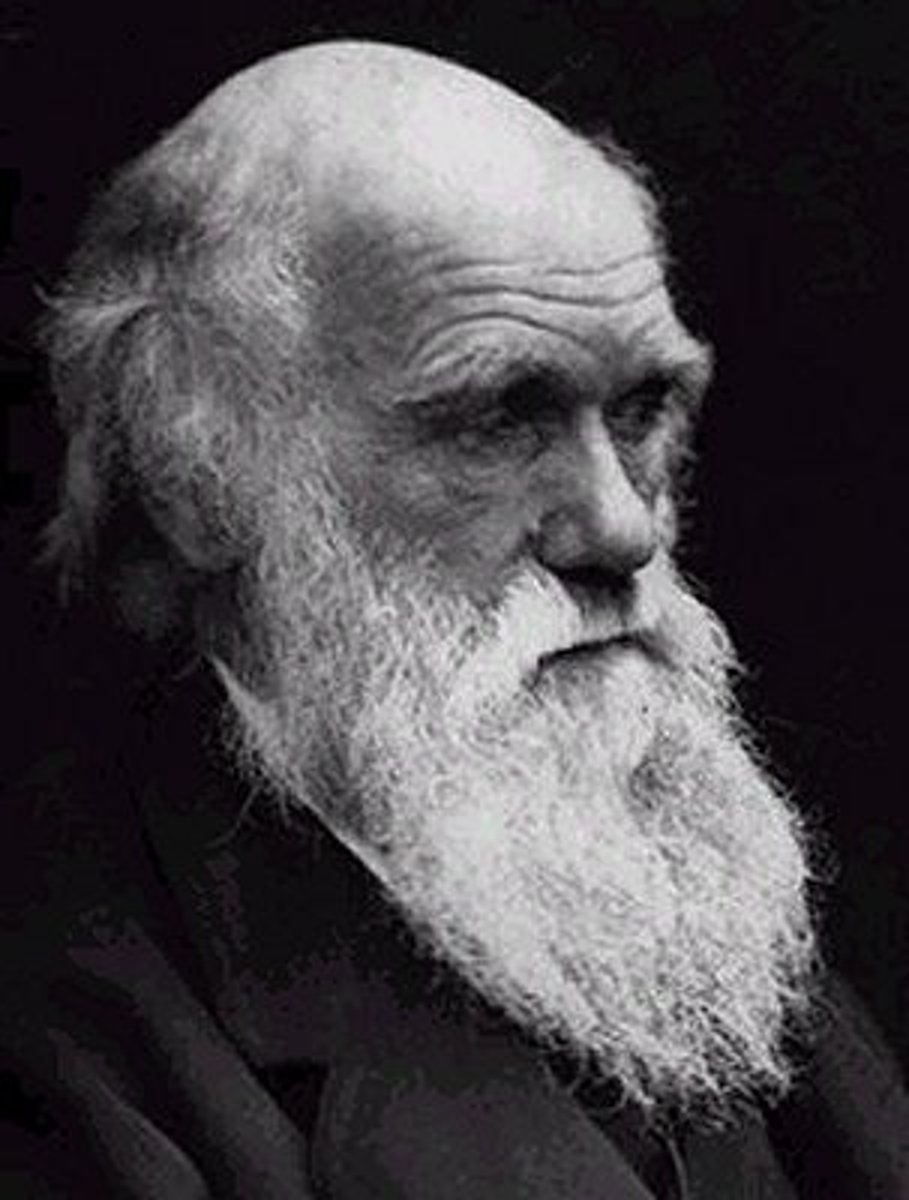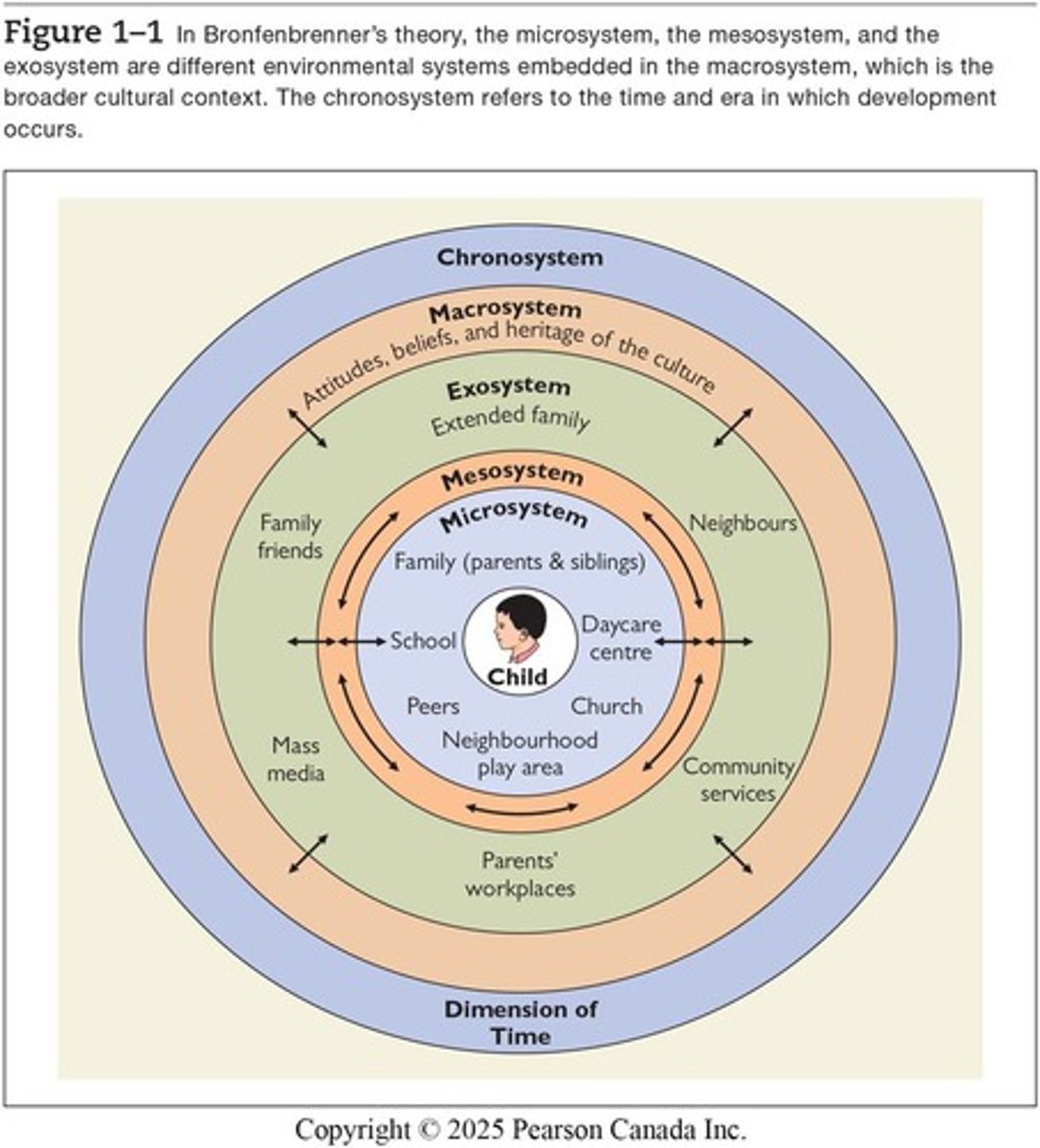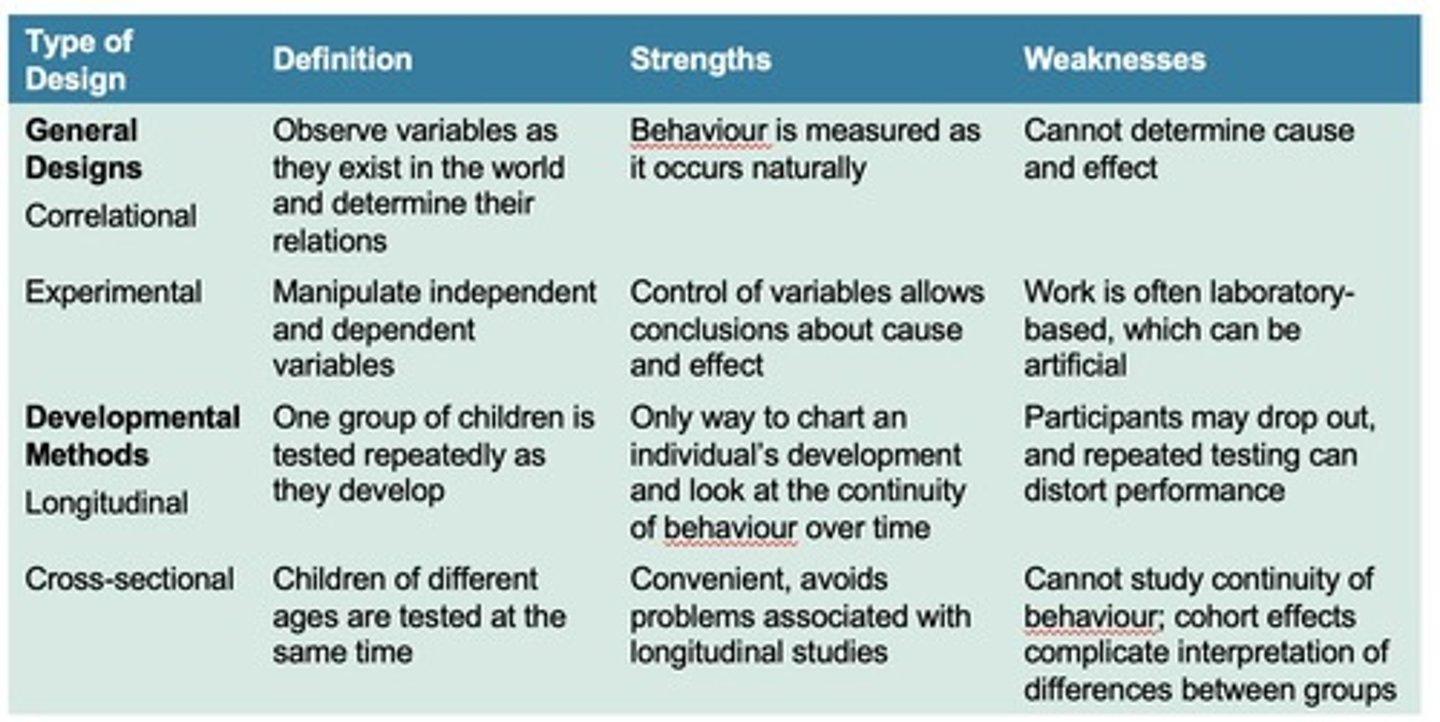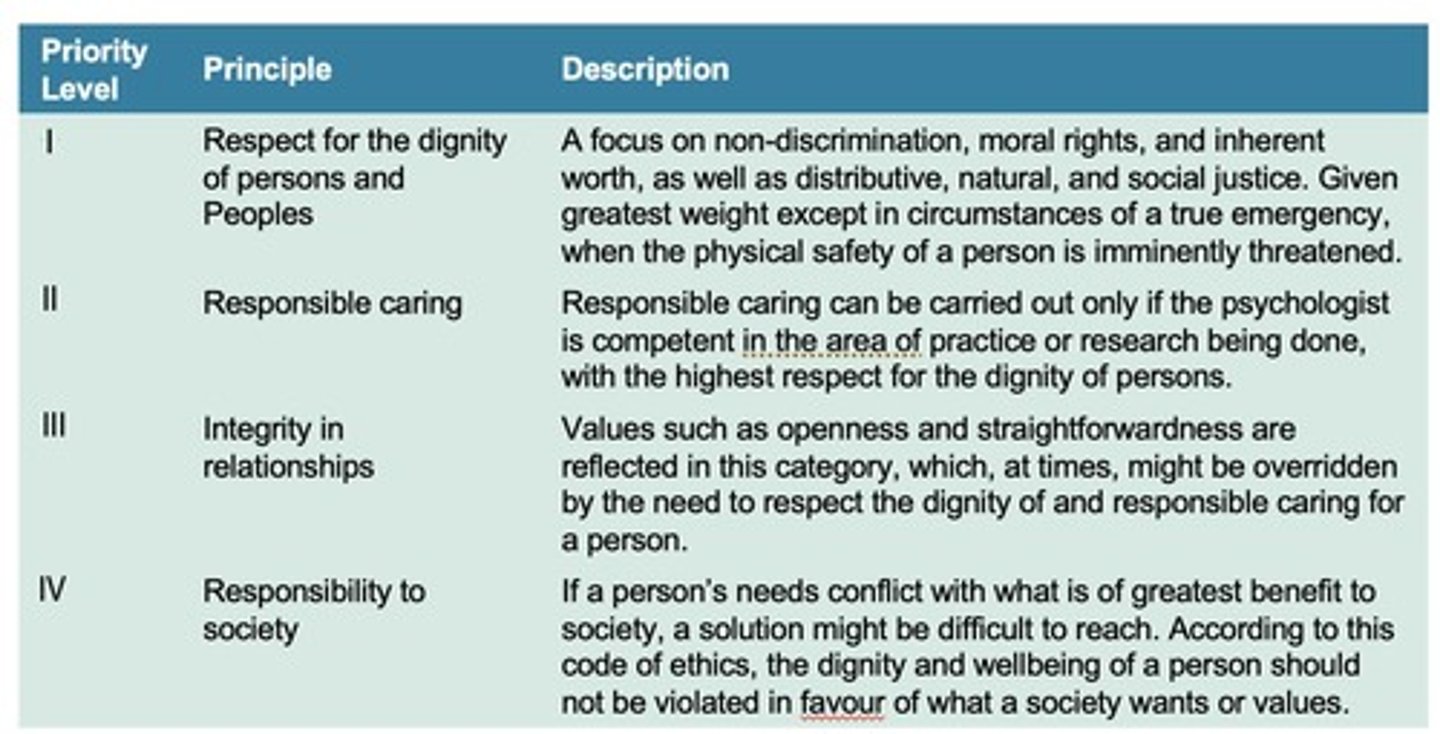EDPY 302-Module 2
1/46
There's no tags or description
Looks like no tags are added yet.
Name | Mastery | Learn | Test | Matching | Spaced |
|---|
No study sessions yet.
47 Terms
What is developmental science?
The scientific study of human growth, change, and adaptation. It involves describing and explaining the variability of this growth, change and adaptation across the lifespan of human beings.
What are some themes in Developmental research?
1. Nature & Nurture- whats more important and when
2.Active Child-Children help determine their own development (what they chose to do and why)
3. Cognitive-Development
4.Connections-How are their different environments connected?
What are the different perspectives in developmental science (Western ways of knowing)?
Biological, Psychodynamic, Psychosocial, Learning (Behaviourist), Social Cognitive, Cognitive-Developmental, and Ecological.
Define Theory
A set of ideas designed to explain or account or help predict observable facts (data) or phenomena
Theories are not data; if a theory is consistently not able to account for observable facts, the is often said to be what?
Unsupported
True or False? In the Western world, the scientific method is employed to test the adequacy of psychological theories
True
What is Occam's Razor?
When coming up with an answer to a theory or explain a behaviour you go with the simplest/easiest answer
Who are key figures in the Biological perspective of development?
Charles Darwin, Arnold Gesell, and Konrad Lorenz.

What perspective has origins in the work of Charles Darwin's theory of Natural selection
Biological perspective
Define Natural Selection
the process by which organisms that inherit helpful traits that are advantageous in their specific environment and tend to survive, reproduce, and pass those beneficial traits to their offspring

Define Maturational Theory
It was proposed by Arnold Gesell (1880-1961) and stated that childhood development reflects specific and prearranged schemes or plans. For the body, within the body.
What was Konrad Lorenz (1903-1989) biological perspective?
Critical periods, Imprinting and Attachment
What is a critical period in biological development?
A specific time when a type of learning can occur; learning is difficult or impossible outside this period.
What did Lorenz do to understand his biological theory?
He believed chicks were biological programmed to follow the mother and its like imprinting. He took the mother away from her chicks before they hatched and then when they did they followed what they could find. This is called attachment in humans.
What are some examples of things that need to be taught at a critical period
ex: Social skills, exposure to language, motor skills, learning fears, etc.
What is the main focus of psychodynamic and psychosocial theories?
They emphasize developmental stages and the influence of internal drives and social interactions.
Who are key figures in the psychodynamic and psychosocial perspective of development?
Sigmud Freud and Erik Erikson
What were characteristics of Freud's theory?
1. Had emphasis on Psychodynamic and Psychosexual
2. Stages stopped at adolescence
What were Freud's 3 beliefs?
1. Id-Permitive instincts
2.Ego-Rational aspects and works with conflict (emerges at year 1)
3. Superego-Morality, tries to see whats. right and whats wrong. How does it make me feel and how does it make others feel?
What were Freud's psychosexual stages?
1. Oral (Birth to year 1): Erogenous zone: mouth; gratify oral sucking urges
2. Anal (1 to 3 years): Erogenous zone: anus: release and withhold feces
3. Phallic (3 to 6 years): Erogenous zone: genitalia; learn to suppress attraction to the parent of the opposite sex and identify with parent of same sex
4.Latency (6 years to adolescence): Erogenous zone: none; libido is repressed as children go about daily business
What were characteristics of Erikson's theory?
1. Had emphasis on Psychodynamic and Psychosocial
2. Stages followed a lifespan approach
What were Erikson's 8 psychosocial stages?
1. Trust vs. Mistrust
2.Autonomy vs. Shame and Doubt
3. Initiative vs. Guilt-Preschool years (ages 3-5)
4. Industry vs. Inferiority-How do you feel in comparison to peers
5. Identity vs. Identity Confusion-To develop a lasting integrated sense of self (teen years 12 to 18)
6. Intimacy vs. Isolation-Are they in a committed to another in a loving relationship? (young adults 18 to 40)
7. Generativity vs. Stagnation-to contribute to younger people through child care or productive work
8. Integrity vs. Despair-Are they fulfilled with their life?
What are the two psychological behaviourist/learning types?
1.Classical conditioning-Initiate a saying or sound to associate it with a reward (dog when it hears bell associates it with food). Proposed by Ivan Pavlov
2.Operant conditioning-Explains how consequences lead to changes in voluntary behaviour. Proposed by B.F Skinner
What are the 4 categories of Classical conditioning?
1. Unconditioned: something that hasn't been paired
2. Conditioned: something that is paired
3. Stimulus: Conditioned stimulus=once neutral item is now associated either another object/thing.
4. Response: How you react
What are the 2 types of Operant Conditioning?
1. Reinforcement-Encourages the behaviour and motivates you to do it again
2. Punishment-Discourages you to repeat an action
What are the specific types of Reinforcement and Punishment?
Postive Reinforcement: Giving something that will benefit the person ex: giving a kid candy.
Negative Reinforcement: Taking something to benefit the person ex: taking away video games so they go to bed early
Negative Punishment: Removing an opportunity ex: grounding a kid when their bad so they cant go to another kids birthday party
Positive Punishment: Punishment that benefits ex: Making a kid do chores
Who are key figures in the Social Cognitive & Cognitive Developmental perspective of development?
Albert Bandura and Jean Piaget
What was Bandura's social cognitive theory?
Outlined the interplay between people (their inner worlds), their behaviour, and their environments. Focused on self efficacy, self-regulation, observational learning and incentive motivation
Bandura brings up self-efficacy. What is that?
our understanding of our own ability. Ex: if we feel confident to do something we have high efficacy but low efficacy if we dont feel confident in own abilities.
What was Piaget's cognitive developmental theory?
It focused on infant, children, adolescents; children are inherently motivated to make sense of the world around them. (Children are like little scientists)
What were Piaget's 4 cognitive development stages?
1. Sensorimotor (Birth to 2 years): Infants knowledge of the world is based on senses and motor skills. By the end of this period the infant uses mental representations.
2.Preoperational thought (2 to 6 years): Child learns to use symbols such as words and #'s to represent aspects of the world but relates to the world only through their own perspective.
3.Concrete operational thought (7 to 11 years): Child understands and applies logical operations to experiences, provided the experiences are focused on the here and now.
4. Formal operational thought (Adolescence and beyond): Adolescent or adult thinks abstractly, speculates on hypothetical situations, and reasons deductively about what may be possible.
What did John B. Watson contribute to learning theories?
He demonstrated how behavior could be shaped by environmental stimuli, as shown in the 'Little Albert' experiment.
Who are key figures in the Ecological perspective of development?
Lev Vygotsky and Urie Bronfenbrenner
What was Lev Vygotsky's ecological developmental theory?
Believed culture, knowledge, attitudes, symbolic representations and behaviours groups people, context in which a child develops is essential.
What was Urie Bronfenbrenner's ecological developmental theory?
Believed in essential influence of environmental influences; environment is a series of embedded systems
What are the levels of environmental systems in Bronfenbrenner's theory?
1.Microsystem:
Childs immediate environment. Different microsystems can affect one another ex: chruh and how a family operates.
2.Mesosystem:
Connects the exosystem and the microsystem (interactions of microsystems ex: family values church and so they send the child to a specific religious school)
3.Exosystem:
Social systems. That the child doesn’t necessarily interact with ex: Mums work and child, mum has a bad day at work and influences how she acts toward the child.
4.Macrosystem:
Larger cultural setting like attitudes, beliefs, and heritage of the culture ex: Beliefs of a shorter work week because people need a life about
5. Chronosystem:
Dimensions of time (eras)

What's a downside of Bronfenbrenner's 5 levels?
Doesn't treat the child as an active partipant, like how it reacts to others
What are common research designs used in child-development research and their strengths and weaknesses?
1. Correlational: Observe variables as they exist in the world and determine their relations. (+)=Behaviour is measured as it occurs naturally. (-)= Cannot determine cause and effect
2. Experimental: Manipulate independent and dependent variables. (+)=control of variables allows conclusion about cause and effect. (-)=Work is often laboratory based, which can be artificial.

What are common research methods used in child-development research and their strengths and weaknesses? 2
1. Longitudinal: One group of children is tested repeatedly as they develop. (+)=One way to chart an individuals development and look at the continuity of behaviour over time. (-)=Partipants may drop out and repeated testing can distort performance.
2. Cross-sectional: Children of different ages are tested at the same time. (+)=Convient, avoids problems associated with longitudinal studies. (-)=Cannnot study continuity of behaviour, cohort effects complicate interpretation of differences between groups.
What are the ethical responsibilities of researchers studying children?
Level 1: Respect for the dignity of persons and Peoples
A focus on non-discrimination, moral rights and inherent worth, as well as distributive, natural, and social justice.
Level 2: Responsible caring
Can be carried to only if the psychologist is competent in the area of practice or research being done, with the highest respect. for the dignity of the person.
Level 3: Integrity in relationships
Values such as openness and straightforwardness are reflected in this category, which at time, might be overridden baby the need to respect the dignity of and responsible caring for a person.
Level 4: Responsibility to society
If a person's needs conflict with what is of greatest benefit to society, a solution might be difficult to reach. According to code of ethics, the dignity and well being of a person should not be violated in favour of what society wants or values.

What are some limitations of developmental theories according to Patricia Miller?
1. Excessive focus on individual minds over collective processes
2. Universal processes may not exist as proposed; data on cultural variations are needed
3. Timing - key to developmental change - may be lost in process of borrowing concepts from other non-developmental approaches
What is Indigenous Cultural Responsiveness Theory (ICRT)?
A theoretical model for wellness research that integrates Indigenous perspectives and emphasizes spiritual and historical contexts.
What is the goal of restoring First Nations' community-based health systems?
To create mutually beneficial co-existence for reconciliation and engagement, improving health and education for Indigenous peoples.
How does Indigenous research differ from traditional Western approaches?
It connects Western scientific methods with traditional ways of knowing and uses decolonized methods to prevent harm from colonization.
What is the significance of the spiritual world in Indigenous approaches to research?
It is a key part of understanding and interpreting data, emphasizing the importance of Indigenous histories and rights.
What does the term 'culturally responsive' refer to in the context of Indigenous research?
It refers to adapting mainstream services to be more aligned with Indigenous cultural values and practices.
What does the term 'decolonized methods' imply in Indigenous research?
Research approaches that prioritize Indigenous knowledge and perspectives, aiming to counteract the effects of colonization.